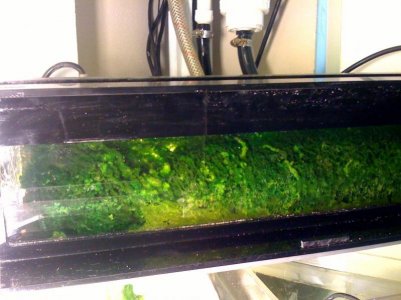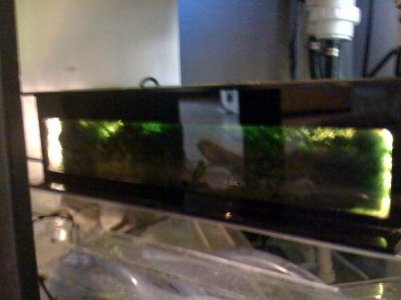chrissu
Member
What evidence do you have to support that 10-50x? That seems unlikely to me.
We're really getting off topic here. The member who started the thread titled it "All sorts of algae recently popping up?"
Trying running a modern, well designed, and properly sized ATS and test the algae production for yourself. I have, and I am telling you from experience that the evidence is very credible and easily confirmable by yourself - if you have the right ATS. In other words, not all ATS are the same. Just as all skimmers are not the same. Some skimmers produce much more skimate than others and some ATS produce much more algae than others. The one thing all of these devices have is they all have to be properly designed and sized for the individual aquarium. If you haven't this experience, you just don't know what you don't know.
With an efficient ATS, your algae problems will go away. The algae growing in your sump will out compete every last bit of algae growing in your display tank. I have all this algae in my sump - I never have any algae in my display tank. Not a bit. :dance:




